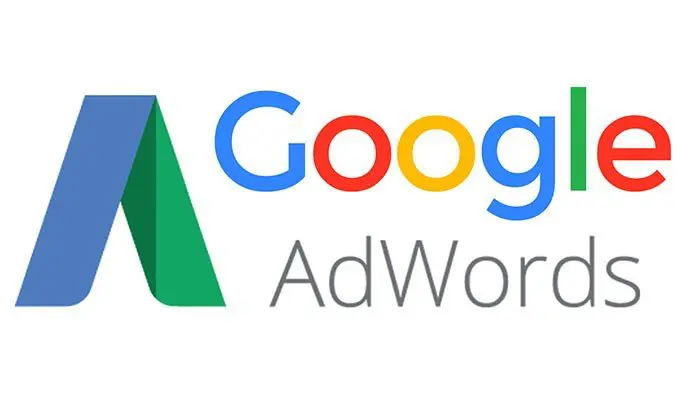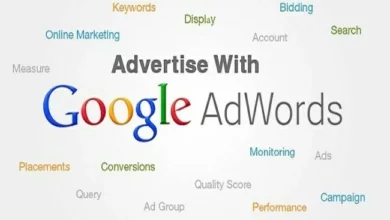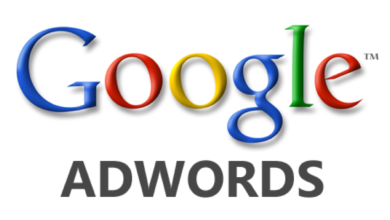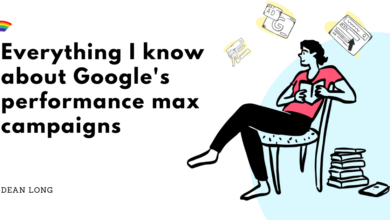Maximize ROI: The Definitive Guide to Google Ads for Marketers!

In today’s digital age, where competition is fierce and attention spans are fleeting, every marketer seeks the most effective strategies to maximize Return on Investment (ROI). Among the myriad tools available, Google Ads stands out as a powerhouse for driving targeted traffic and conversions. In this comprehensive guide, we’ll delve into the intricacies of Google Ads, providing insights, tips, and strategies to help you harness its full potential.
Understanding Google Ads: A Brief Overview
Google Ads, formerly known as Google AdWords, is an online advertising platform developed by Google. It allows businesses to display their ads on the Google Search Network, the Display Network, and even on YouTube. The platform operates on a pay-per-click (PPC) model, meaning advertisers only pay when a user clicks on their ad.
The Importance of Keyword Research
Keyword research is the cornerstone of any successful Google Ads campaign. It involves identifying the specific words and phrases potential customers use when searching for products or services similar to yours. Tools like Google’s Keyword Planner can assist in uncovering high-performing keywords with substantial search volume and low competition.
Effective keyword research goes beyond merely finding popular search terms. It requires a deep understanding of your target audience’s behavior and preferences. By putting yourself in the shoes of your potential customers, you can uncover the nuanced language they use to express their needs and desires.
Crafting Compelling Ad Copy
A well-crafted ad copy is paramount in capturing the attention of potential customers. It should be concise, compelling, and relevant to the searcher’s query. A/B testing different ad variations can help identify which copy resonates best with your target audience.
Remember, the goal of your ad copy is not just to attract clicks, but to drive conversions. This means your copy should not only be engaging but also provide a clear call-to-action that guides users towards the desired outcome, whether it’s making a purchase, filling out a contact form, or signing up for a newsletter.
Leveraging Ad Extensions
Ad extensions are additional pieces of information that can be included in your ad. These extensions provide extra value to potential customers and can significantly increase click-through rates. Popular extensions include site link, callout, and structured snippet extensions.
Site link extensions, for example, allow you to showcase specific pages on your website, giving users more options to explore. Callout extensions enable you to highlight unique selling points or special offers. Structured snippet extensions provide additional details about your products or services, helping users make more informed decisions.
Implementing Targeting Options
Google Ads offers a plethora of targeting options to ensure your ads reach the right audience. These options include geographic targeting, which allows you to specify the locations where your ads will be displayed, and demographic targeting, which lets you target users based on age, gender, and other demographic factors.
But effective targeting goes beyond these basic demographics. Consider factors like user behavior, interests, and even the devices they use. For instance, if you’re promoting a mobile app, you may want to allocate more budget towards users on mobile devices.
Maximizing Quality Score
Quality Score is a metric used by Google to determine the relevance and quality of your ads. It takes into account factors like click-through rate, ad relevance, and landing page experience. By optimizing these elements, you can improve your Quality Score, leading to higher ad rankings and lower costs per click.
A high Quality Score not only results in better ad placements but can also lead to lower costs. Google rewards advertisers who provide a positive user experience, so investing time in optimizing your ad campaigns can yield significant cost savings in the long run.
The Power of Ad Scheduling
Ad scheduling enables you to choose specific days and times when your ads will be displayed. This feature is invaluable for businesses that want to target customers during specific hours of the day or on particular days of the week.
For example, if you run a restaurant, you may want to increase your bids during lunch and dinner hours to capture hungry searchers looking for a place to eat. Ad scheduling allows you to align your ad exposure with the times when your target audience is most active and receptive.
Embracing Remarketing Strategies
Remarketing allows you to target users who have previously interacted with your website or app. By displaying tailored ads to this audience, you can re-engage potential customers and guide them towards a conversion.
But remember, effective remarketing is not about bombarding users with the same ad they’ve already seen. It’s about providing additional value or incentives that encourage them to take the next step in their customer journey.
Monitoring and Optimization
Continuous monitoring and optimization are crucial for a successful Google Ads campaign. Analyze metrics like click-through rate, conversion rate, and cost per conversion. Use this data to refine your targeting, ad copy, and bidding strategies.
But don’t stop at surface-level metrics. Dive deeper into user behavior on your website. Understand which pages lead to conversions and which cause visitors to bounce. This granular data can provide invaluable insights for fine-tuning your ad campaigns.
The Bottom Line: A Data-Driven Approach
In conclusion, mastering Google Ads requires a data-driven approach coupled with creativity and strategic thinking. By conducting thorough keyword research, crafting compelling ad copy, and utilizing advanced targeting options, you can unlock the full potential of this powerful advertising platform. Remember, success in Google Ads is an ongoing journey of refinement and adaptation. Stay agile, stay informed, and watch your ROI soar. Happy advertising!
Remember, success in Google Ads is an ongoing journey of refinement and adaptation. Stay agile, stay informed, and watch your ROI soar. Happy advertising!



